5 Artificial Dyes On the Chopping Block and 3 the U.S. Is About to Ban
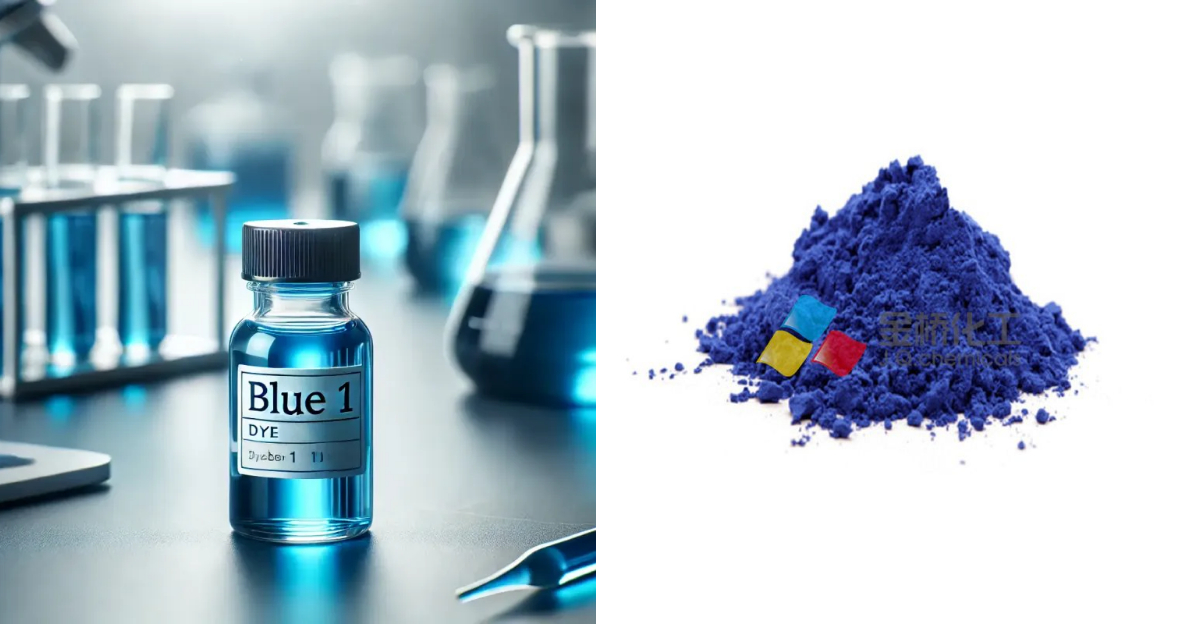
Artificial dyes have long colored our world, from the foods we eat to the products we use. However, the safety of these synthetic colors is under scrutiny. While some dyes are already facing restrictions in other parts of the world, others are on the brink of being banned in the U.S. Join us as we explore five dyes currently on the chopping block and three that are about to face the axe in the United States.
1. Red 40 (Allura Red)
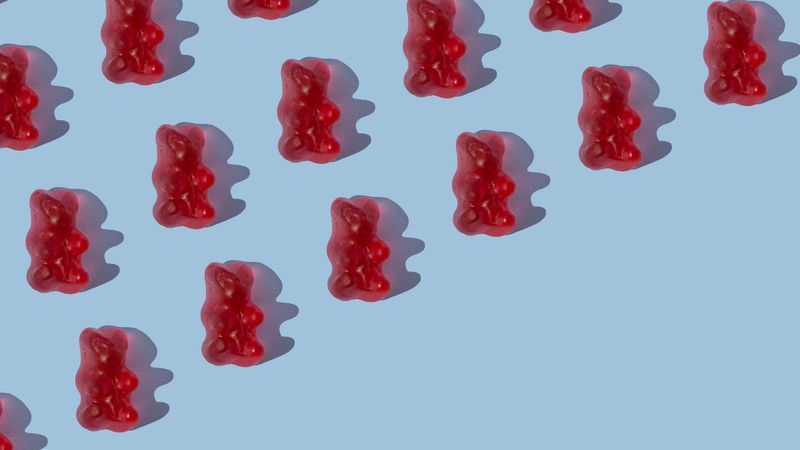
Red 40, also known as Allura Red, splashes vibrant color into candies and drinks. It’s a staple in the U.S. but faces harsh scrutiny abroad. Linked to hyperactivity in children, this dye is banned in several European countries. Parents often worry about its effects on their children’s behavior. Imagine the landscape of food without this vivid hue.
Despite its popularity, Red 40 remains controversial, with researchers continually investigating its safety. This dye’s journey toward regulation could transform food coloring standards. Curious about its impact? One thing’s certain: the conversation about Red 40 is far from over.
2. Yellow 5 (Tartrazine)
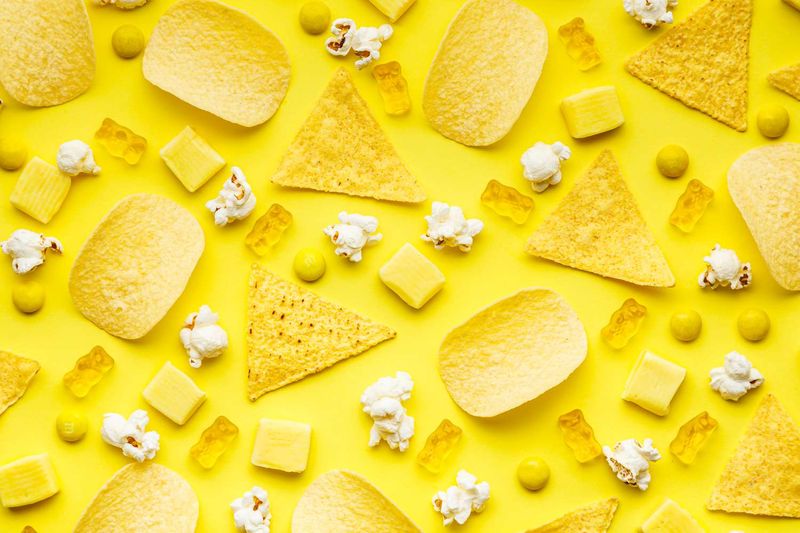
Yellow 5, or Tartrazine, is a sunshine hue in many foods. It graces cereals, chips, and sodas, but not without its critics. Some individuals experience allergic reactions, sparking debates about its safety. For those sensitive, even a small bite can cause discomfort.
Its potential link to behavioral issues in children adds to the controversy. The increasing regulatory pressure reflects growing health concerns. With scientific studies underway, the future of Yellow 5 is uncertain. Will it remain a staple, or are its days numbered? Only time will tell if this sunny color loses its luster.
3. Yellow 6 (Sunset Yellow)
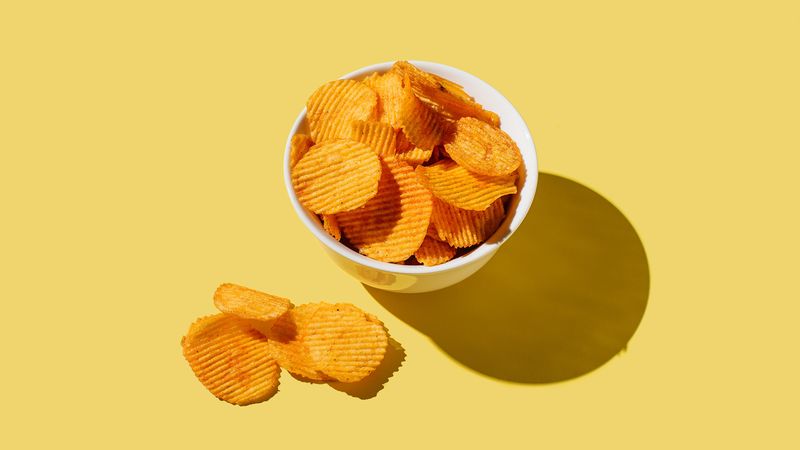
Sunset Yellow, known as Yellow 6, brightens up snacks and processed cheese. Yet, its cheerful hue masks potential dangers. High doses may contain carcinogenic contaminants, leading to restrictions in the EU.
Consumers are often unaware of this dye’s risks. The vibrant color draws attention, yet its potential health implications are serious. As research unfolds, the pressure mounts for stricter regulation. Curious consumers question their exposure, and companies may need to find alternatives.
Could this sunset-colored dye fade from use? The debate continues, with health taking center stage.
4. Blue 1 (Brilliant Blue)
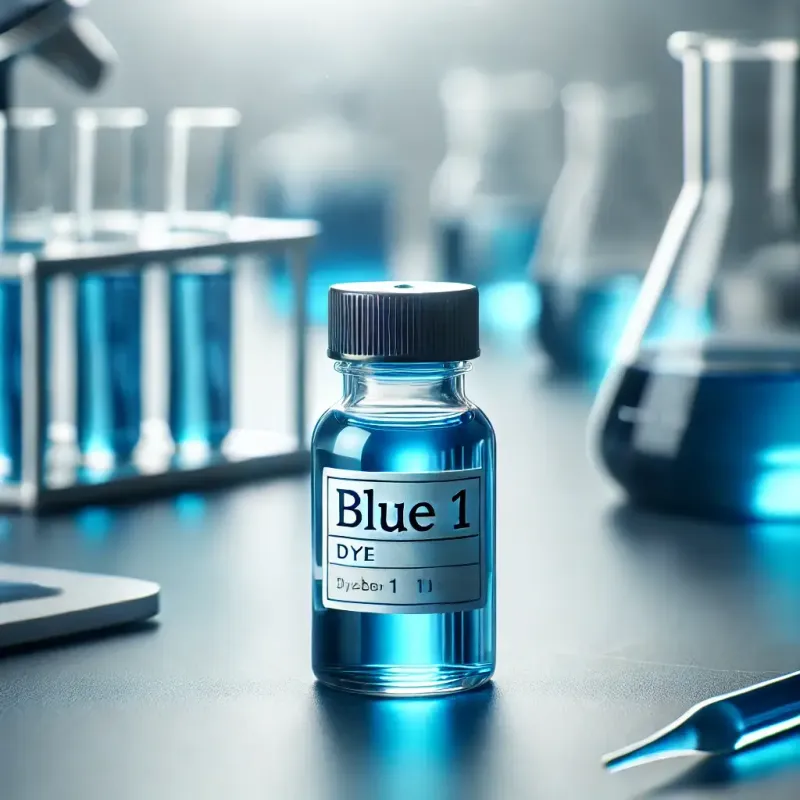
Brilliant Blue, or Blue 1, electrifies candies and sports drinks with its vivid hue. It’s a favorite among manufacturers but raises health concerns. Some studies suggest potential allergic responses and neurotoxicity, casting a shadow over its use.
Despite its widespread presence, many remain unaware of its risks. The electric shade captures attention, yet its safety is questioned. As more research unfolds, consumers demand transparency in food labeling. The future of Blue 1 hangs in the balance, as health advocates push for change.
Will this electrifying color endure in the market? Only time holds the answer.
5. Blue 2 (Indigo Carmine)
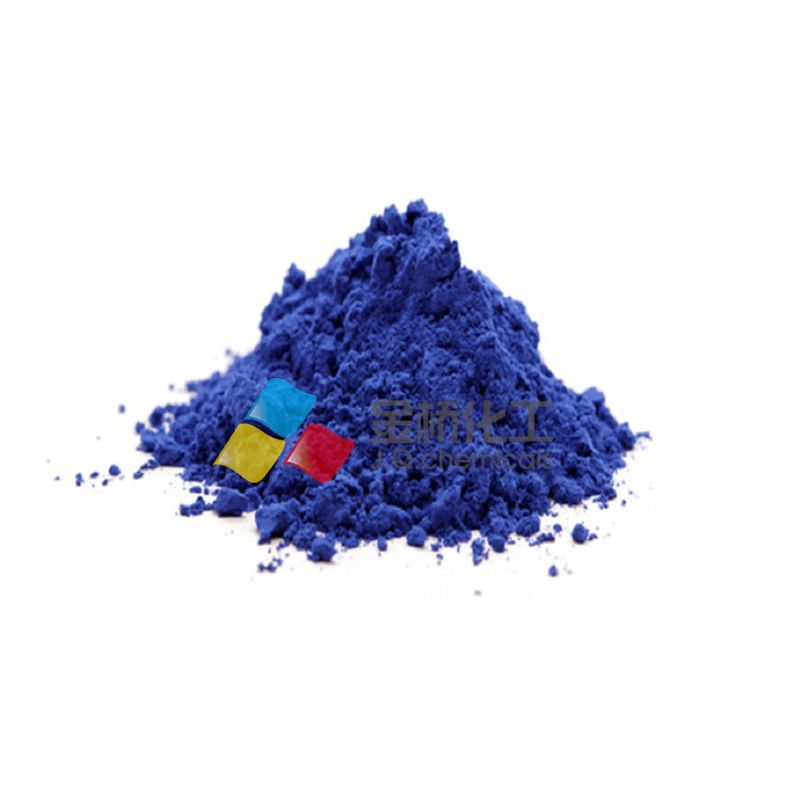
Indigo Carmine, or Blue 2, adds deep blue tones to pet food and sweets. While visually appealing, concerns over its safety persist. Animal studies link it to brain tumors, though human effects remain unconfirmed. The controversial dye remains flagged by watchdogs.
Consumers are often unaware of its potential risks, raising questions about transparency. The debate over Blue 2 highlights the need for rigorous safety checks. Will this indigo shade continue to color our world, or is regulation imminent? As research progresses, the conversation around Blue 2 intensifies.
Curiosity grows, but answers remain elusive.
6. Red 3 (Erythrosine)
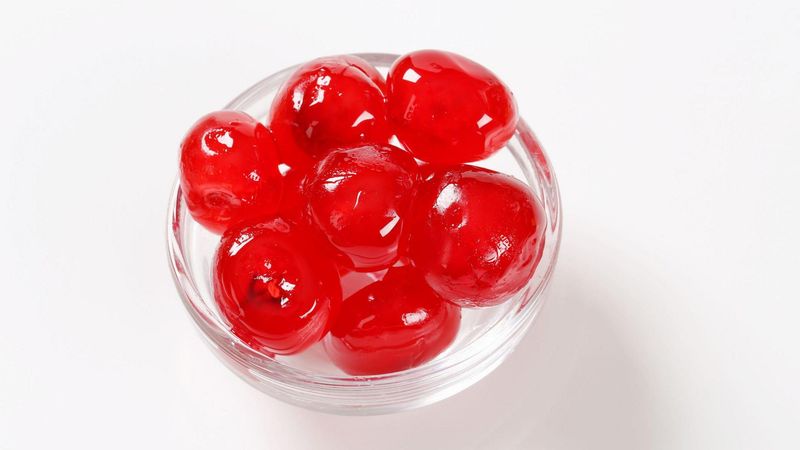
Erythrosine, or Red 3, colors cherry-flavored snacks and medicines. Once banned in cosmetics, it still graces food products. California leads efforts for a complete ban, citing health concerns.
The pinkish-red hue is eye-catching, yet its safety is debatable. Studies suggest potential cancer risks, prompting precautionary measures. Consumers are often unaware of its presence in everyday treats.
The dialogue around Red 3 underscores the importance of food safety. As regulations tighten, will this dye be phased out completely? With ongoing research, its future remains uncertain.
7. Brominated Vegetable Oil (BVO)
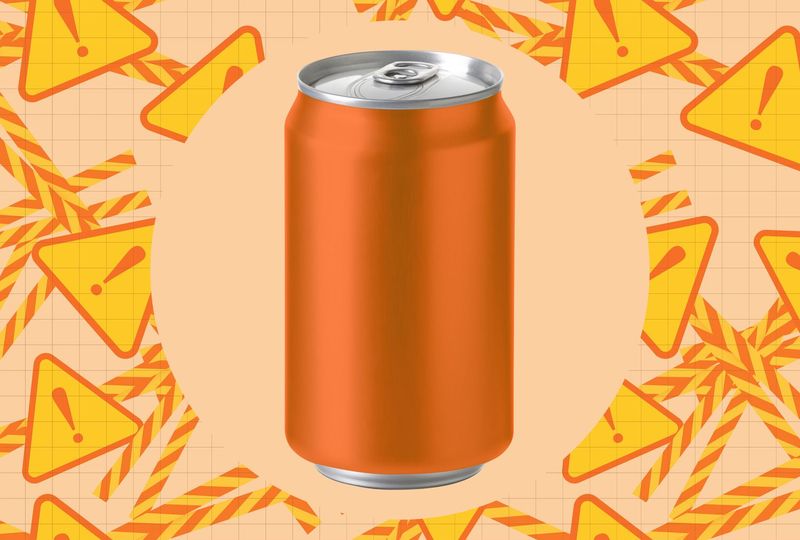
Though not a dye, BVO is often in dyed sodas, stabilizing citrus flavors. Banned in the EU, it’s now targeted by U.S. regulators. Concerns over nervous system and thyroid issues drive the conversation.
Consumers are becoming more aware of BVO’s potential dangers. The threat of regulation prompts manufacturers to seek alternatives. The vibrant sodas we enjoy may soon change, reflecting health-conscious choices.
As awareness grows, will BVO disappear from our drinks? The regulatory landscape shifts, and consumers’ voices grow louder. The future of these beverages may soon look different.
8. Titanium Dioxide
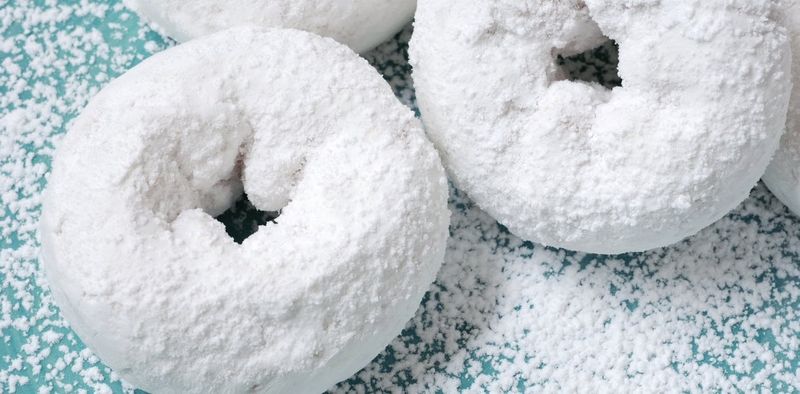
Titanium Dioxide whitens candy coatings like those on gum and donuts. Banned in the EU due to carcinogenic concerns, U.S. states like California push for restrictions. Its bright shade is appealing, yet potential health risks loom large.
As consumers become more informed, the pressure mounts for transparency and safer alternatives. The regulatory push reflects a broader trend towards health-oriented choices. Will Titanium Dioxide remain a staple, or is its end near?
The stark white hue may soon be absent from our sweets, representing a shift towards safer options. The debate around its use continues to evolve.
